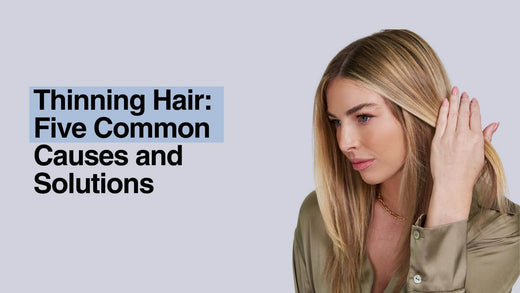Taking care of your hair during the summer months is crucial for maintaining its health and appearance. Seasonal changes, especially extreme heat or cold, can significantly impact your hair. By understanding the potential damage caused by summer conditions, you can better protect and care for your natural hair and hair extensions. This guide will explain the importance of summer hair care and how to determine your hair type to tailor a hair care routine that meets your specific needs.
Importance of Summer Hair Care
During the summer your hair can be exposed to UV rays, chlorine and saltwater. All of these are extremely damaging to the hair. The UV rays cause the hair to become dry and brittle, hot sunshine can absorb moisture from the hair, leaving it feeling coarse and dehydrated.

Chlorine is a chemical used to clean swimming pools and hot tub water, this substance can cause a chemical reaction in your hair, especially if you have coloured hair. Chlorine can contribute to discolouration of your hair, making it turn pink or orange in the sunshine. This is a common problem with hair extension wearers who are unaware of the risk of discolouration from chlorine and sunshine. All hair extensions go through a colouring process, therefor they are most at risk of this chemical reaction. Women who are unaware of this outcome could ruin their hair extensions, wasting what can sometimes be a huge investment in their hair.
Saltwater is extremely drying for hair because the salt content draws out moisture. When combined with sun exposure, the heat from the sun amplifies this drying effect, further damaging your hair.
Know Your Hair Type
Identifying your hair type will help you understand the best care it will need. The different hair types include, straight, curly, wavy and coily, this is fairly easy to identify just by looking at how your hair grows from your head. Each of these types will have a particular set of characteristics, such as thickness, porosity, and elasticity.

Thickness indicates how many hairs you have on your scalp, thick hair has a lot of hair, while thin hair has fewer hairs. You could also have fine hair which relates to the density of each strand, women with thin and fine hair will feel they have very little hair and choose to wear hair extensions to enhance the length and thickness of their hair.
The porosity relates to the absorbency of your hair type, low porosity hair will not absorb much water, while medium and high porosity tests will hold more water. Water can more easily penetrate medium and high-porosity hair, weighing it down and making it feel much heavier when wet, This hair characteristic will mean your hair takes a long time to dry. You can perform a simple porosity test by following the graphic below.

Hair elasticity refers to how much one strand of hair can stretch before returning to normal. You may have low, medium or high elasticity hair. Low elasticity hair will feel brittle and delicate, and snap easily when stretched, while medium elasticity will slightly stretch before returning to normal, and high elasticity hair can be stretched further and return to its original state, high elasticity hair is usually healthier and bouncier.
Investigate your hair type, once you have done so you will know what level of care needs to be considered. If your hair falls into the thin, fine, low porosity or low elastic categories, you will need to take extra precautions to protect your hair during the summer. These categories are more susceptible to damage as they are already fragile in their natural state, intense heat and drying from the sun, chlorine and saltwater can be more noticeable on these hair types.
Tailoring Your Summer Haircare Routine for Your Specific Needs
To ensure your hair looks its best all summer long, here are some key bits of advice you can implement.
Tailoring Your Summer Haircare Routine for Your Specific Needs
Selecting a shampoo specifically designed for your hair type and the summer season can make a significant difference. Look for shampoos that offer:
- UV Protection: These shampoos can help shield your hair from the damaging effects of the sun’s rays.
- Moisturising Ingredients: Ingredients like argan oil, shea butter, and aloe vera can help retain moisture, which is often lost due to sun exposure and swimming in chlorinated or saltwater.
Incorporate Leave-In Conditioners

Leave-in conditioners are essential for maintaining hydration and managing frizz. They offer an extra layer of moisture and protection. Opt for:
- Hydrating Formulas: These can help keep your hair soft and manageable.
- Heat Protection: If you use heat-styling tools, a leave-in conditioner with heat protection can prevent damage.
Maintain Adequate Hydration
Staying hydrated is crucial for overall health, including the health of your hair. Drink plenty of water throughout the day to ensure your hair stays hydrated from the inside out.
- Eat Hydrating Foods: Foods like cucumbers, watermelon, and strawberries can contribute to your overall hydration.
- Use Hydrating Hair Masks: Weekly treatments with deep conditioning masks can replenish lost moisture.
Simple Aftercare Hacks
Aftercare plays a pivotal role in maintaining hair health during summer. Here are some tips:
- Rinse After Swimming: Rinse your hair with fresh water immediately after swimming in the pool or ocean to remove chlorine and salt.
- Gentle Drying: Avoid rubbing your hair vigorously with a towel. Instead, gently squeeze out excess water and let it air dry when possible.
- Limit Heat Styling: Minimise the use of heated styling tools. When necessary, use a heat protectant spray to minimise damage.
Protective Hairstyles
Protective hairstyles can help reduce hair exposure to the sun, wind, and water, keeping it healthier. Consider styles like:
- Braids: Box braids, cornrows, and other braided styles can protect your hair from environmental damage.

- Buns and Updos: These styles can help keep your hair off your neck and reduce sweat buildup. Pop in a Messy Bun or a Super Easy Mum Bun to create a glam poolside look whilst also protecting your hair.
- Scarves and Hats: Using scarves and hats not only adds a stylish touch but also provides a physical barrier against sun exposure.
By incorporating these specific shampoos, and leave-in conditioners, maintaining proper hydration, adopting simple aftercare routines, and using protective hairstyles, you can ensure your hair remains in top condition throughout the summer. These routines do not require much commitment or expense but they will help you maintain the look and feel of your hair while you enjoy the summer. These hair care routines will save you time and money in the long term as they will prevent damage, and maintain the health of your hair and hair extensions.

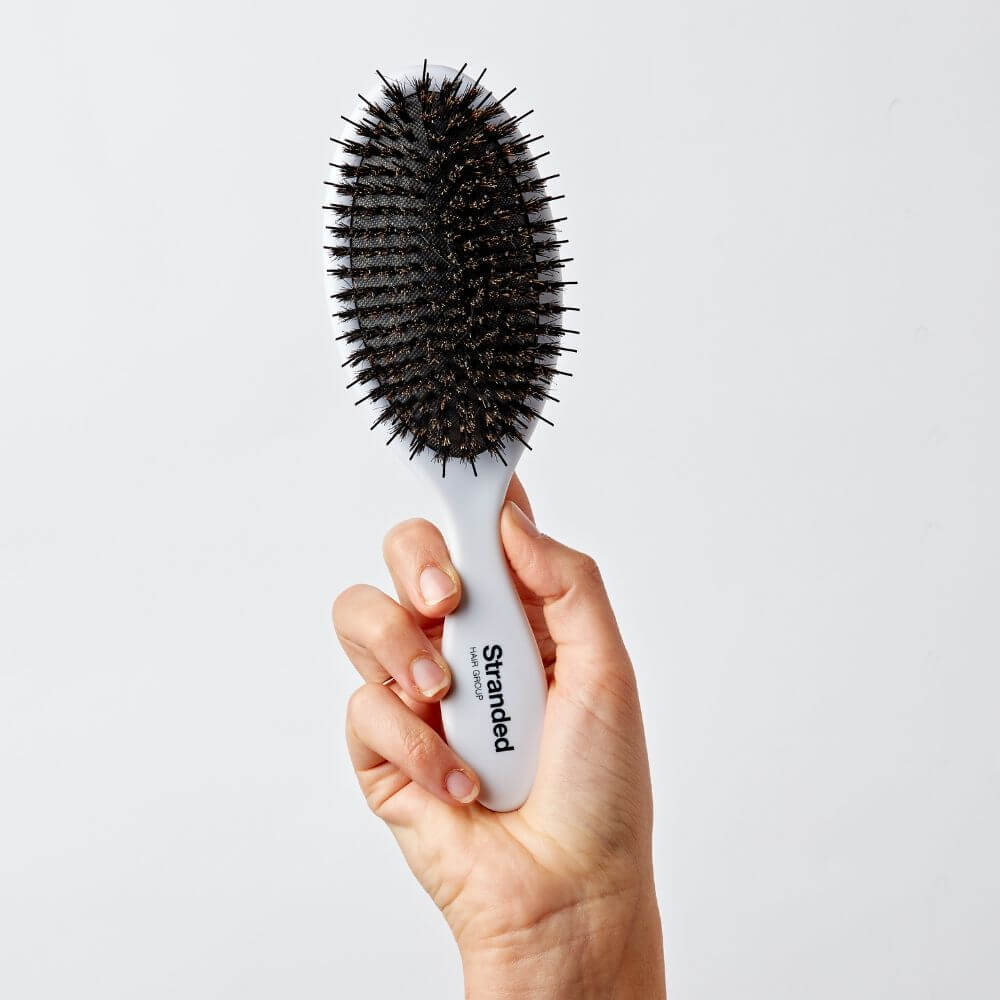
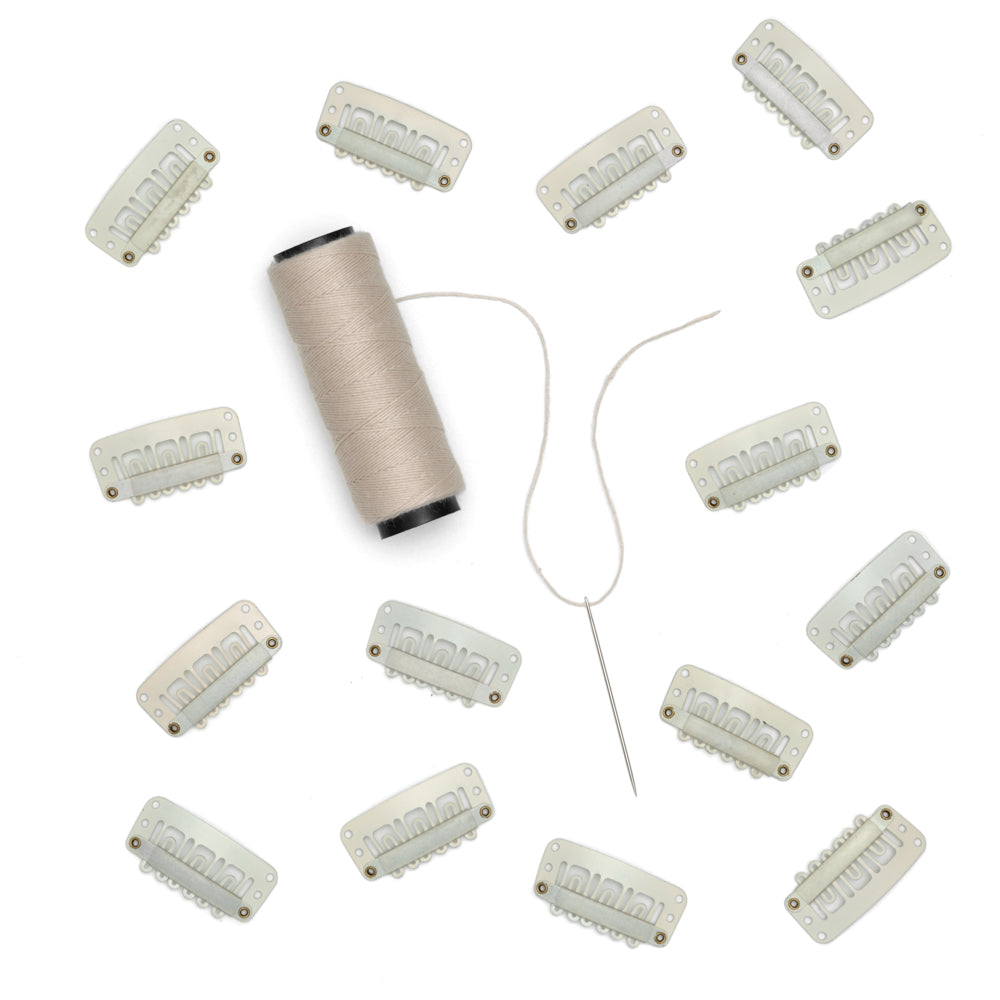


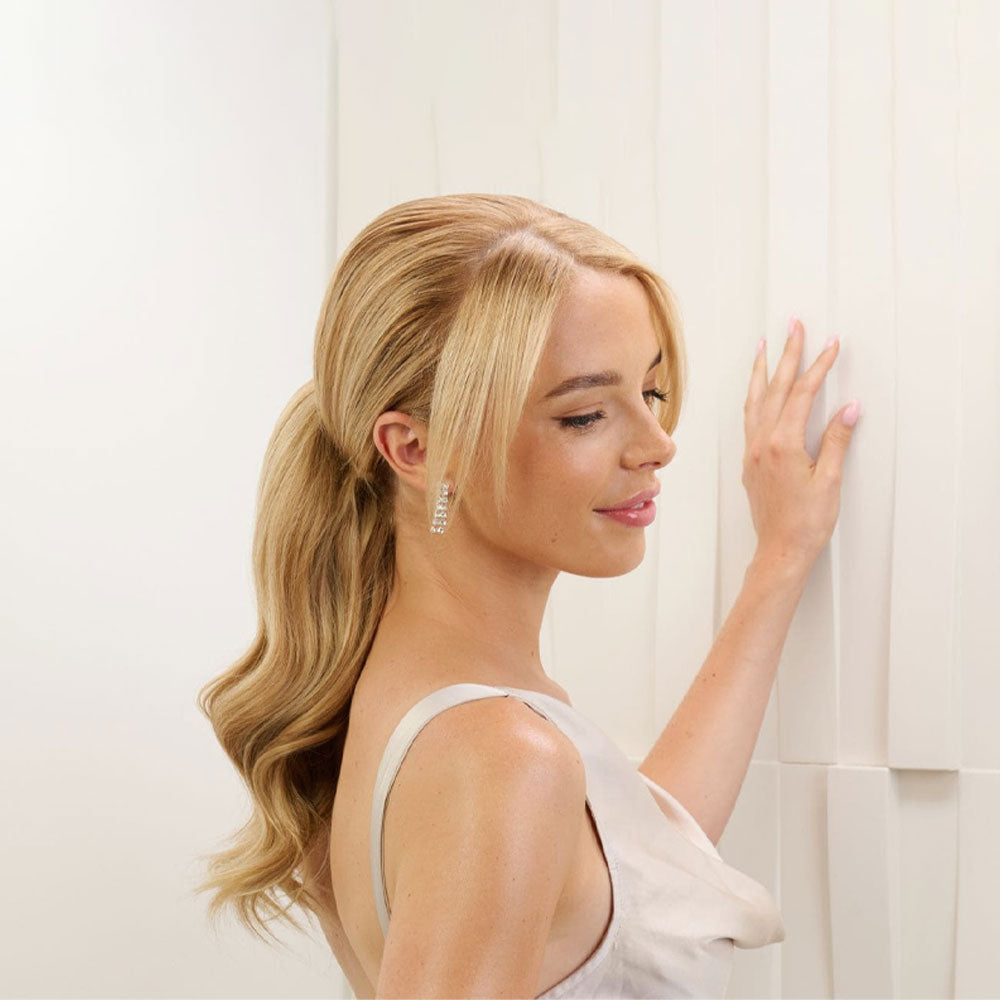

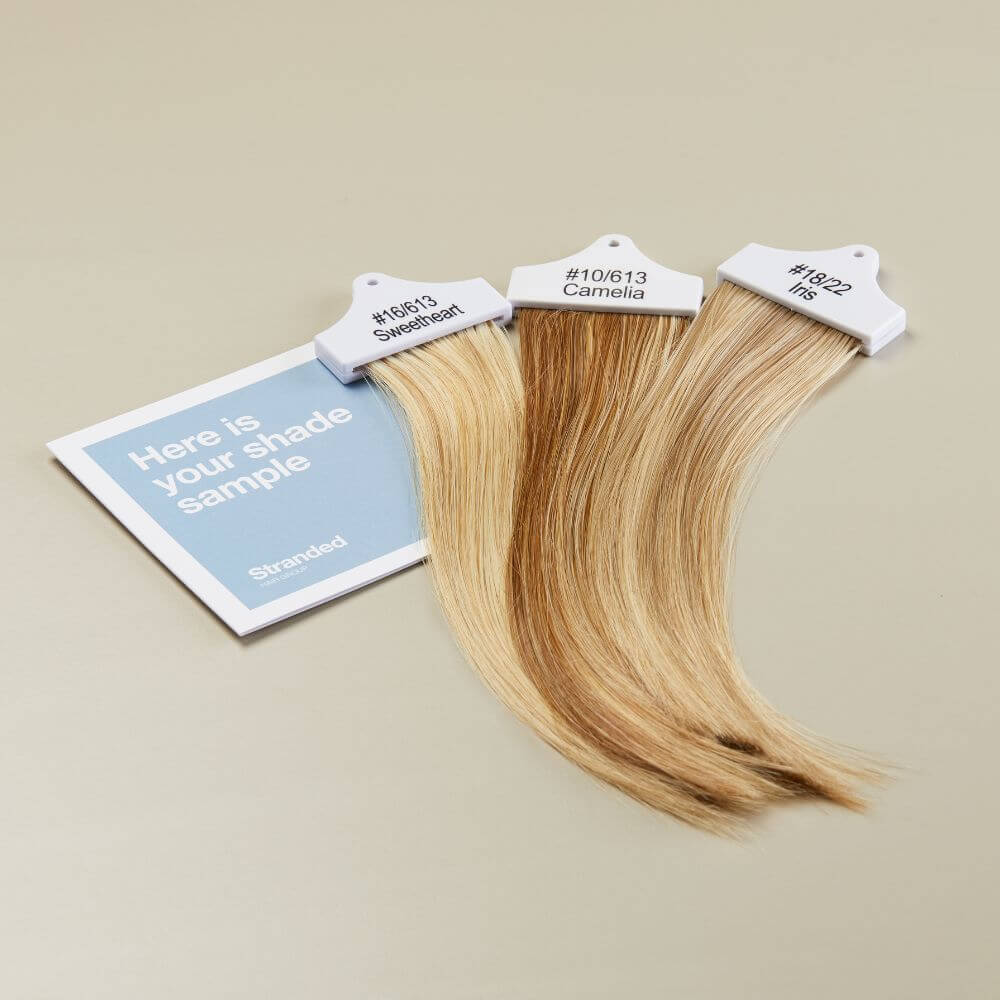
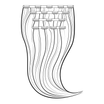
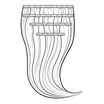
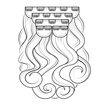
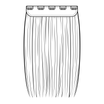

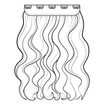
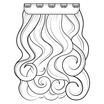
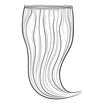
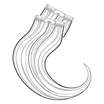
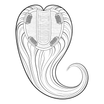
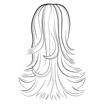
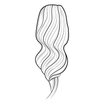
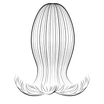
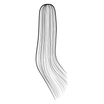
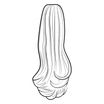
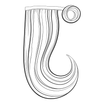


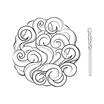
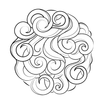
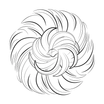









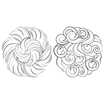
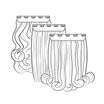
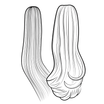
![The Ultimate Summer Hair Care Routine [2025 Update]](http://hairextensions.co.uk/cdn/shop/articles/Stranded_Blog_Featured_Image_shopify_1640_x_924_5d6e4620-14c4-450e-b3f1-ee92c9eb541e.jpg?v=1737470498&width=1500)

